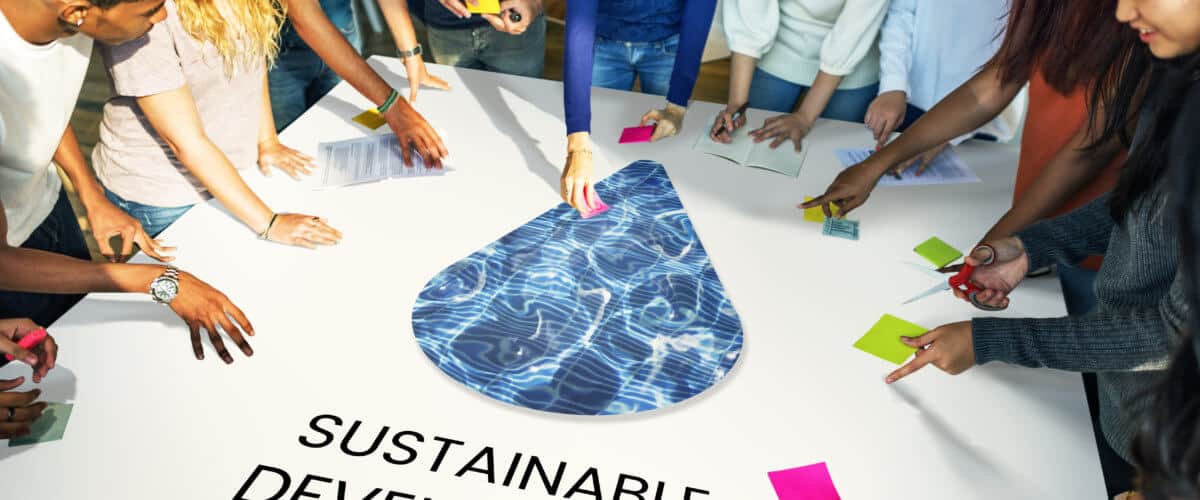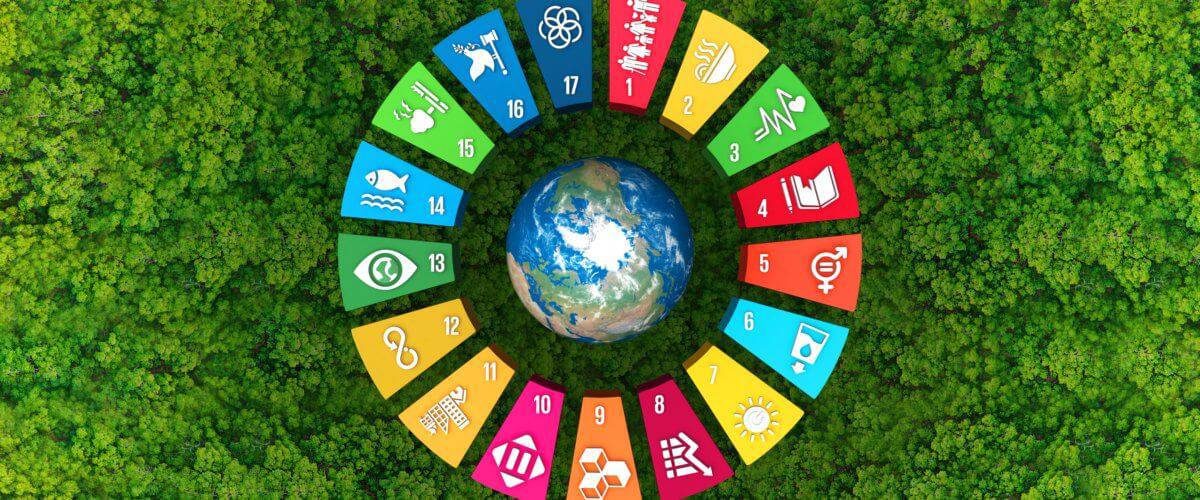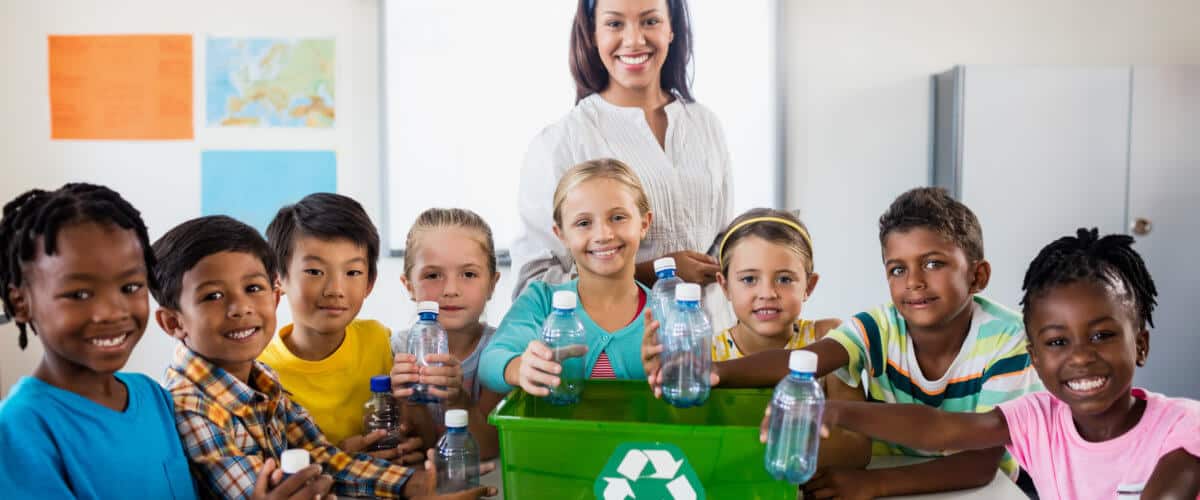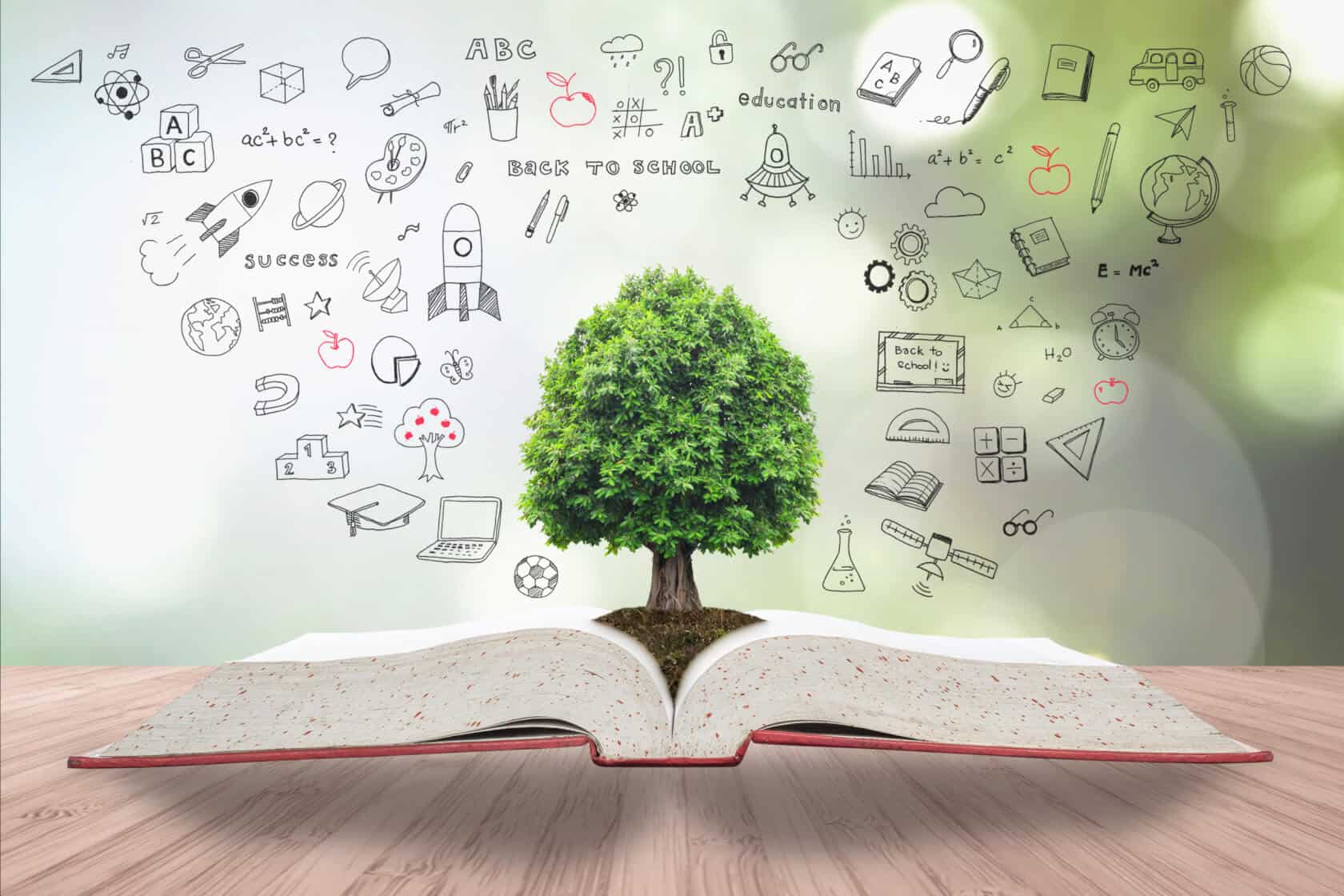If education helps societies build their future, how are schools growing sustainability-minded leaders? What is Education for Sustainable Development? Do we need a class about sustainability or sustainable schools?
Education is widely considered important, but highly criticized and questioned as well. But more than ever before, the need for improving educational systems has amplified. And sustainable development is no longer an option, but a need to ensure the existence of the planet. Is there a connection between education and sustainable development? Can education help grow its awareness in our new generations?
What Is Education for Sustainable Development?
School is fundamental to engaging our current and future generations in sustainable development. The United Nations Education, Science and Culture Organization (UNESCO) developed a framework to integrate Education for Sustainable Development (ESD) into the global priorities. But, what exactly is ESD?
The ESD framework is an action-oriented model aiming at a transformational interdisciplinary pedagogy. Under this framework, the 17 SDGs have been included in a set of suggested learning objectives and competencies in order to be integrated into the educational curriculums. As such, ESD does not represent itself as a teaching-learning methodology. Rather, it represents a set of guidelines and recommendations on how to infuse education curriculums with the SDGs along with the daily practices of schools.
Are ESD and Environmental Education Compatible?

Even though it is commonly associated with Environmental Education, ESD is meant to have a more integral approach. Under ESD, students must question and analyze critically the links between environmental protection and conservation, economic growth, and social development. But it also requires that schools themselves become sustainable places to learn. In a few words, ESD looks at sustainable development as the integral process between environmental, social, and governance issues.
A divorce between Environmental Education and the ESD framework would be senseless. Environmental education is, indeed, a crucial component of sustainability education. In previous years, different countries have included environmental education as part of the curriculum. A global study performed by UNESCO in 2021 shows that 91% of the educational curriculums include, at least, one reference to environmental issues. But shifting towards an integral ESD model goes beyond covering specific contents in class.
Moreover, ESD is not about covering the topics. Successful implementation of ESD in schools requires the integration of soft skills (such as critical thinking, interpersonal communications, or problem-solving) into real-life situations with interdisciplinary lenses. Schools in the 21st century are meant to prepare citizens for contributing to society, by developing skills beyond the contents established in the curriculum. And there are plenty of methodologies that teachers can dive into to make this integration. Just to name a few: project-based learning, problem-based learning, thinking-based learning, and others.
An Additional Class or an Interdisciplinary Focus for Sustainable Development?

Is it necessary to create a new class called Sustainability education in schools? Well, not really. A common mistake in education is to think that, for making students gain certain skills, specific classes must be defined. This type of model is not suitable for all learning purposes. Instead, an interdisciplinary approach can be more enriching.
The term “interdisciplinarity” has gained more and more land over time, jointly with active learning approaches. An interdisciplinary approach requires learners to think systemically, interconnecting knowledge from different fields into problem-solving.
Sustainable development is not an isolated field of study. In practice, it involves environmental, social, and governance issues, which makes it perfectly linkable to different topics already included in the curriculum. Exploring sustainable development issues through an interdisciplinary approach is not only advised by the ESD framework but also makes logical coherence with the vision of education in the 21st century.
Schools as Sustainable Learning Environments

Does sustainable development sound reachable if we only add one more subject to the curriculum? Instead of thinking of it as a curricular adaptation, it is necessary to shift the system towards an integral transformation beyond the classroom. That is why the way schools operate also matters.
Certain managerial decisions, such as establishing internal school management policies following sustainability principles are important. If a school becomes sustainable through internal policies to practice sustainability between teachers, students, and parents, then it allows students to model and internalize sustainable development as a way of living and learning. In other words, modeling a culture of sustainability is also important as part of a meaningful learning process.
For this, the role of Ministries of Education is relevant. Publishing an ESD framework helps set key elements for this transition, but the implementation needs to actively engage school stakeholders: providing contextualized guidelines and orientations to school principals and teachers, facilitating capacity-building programs for educators, pedagogical support for the integration of ESD principles into the school curriculums, designing and assessing school policies for generating sustainable learning environments, are important actions to be considered.
To conclude, ESD is not about making students know what sustainable development is — just as a mere theory. It is about becoming aware of what our responsibilities as human beings and society are to foster our social development. It is about thinking about our needs in the present without ignoring the needs of our future generations. It is about escalating our impact, starting with small daily life behaviors, to leading high-impact processes at the national and global levels. And yes, schools are a good place to start!
Photo:Chinnapong/Shutterstock
You might also like:
STEM for All: What Is It and How Can I Pursue It as a Career?
Support us!
All your donations will be used to pay the magazine’s journalists and to support the ongoing costs of maintaining the site.
Share this post
Interested in co-operating with us?
We are open to co-operation from writers and businesses alike. You can reach us on our email at cooperations@youthtimemag.com/magazine@youthtimemag.com and we will get back to you as quick as we can.










